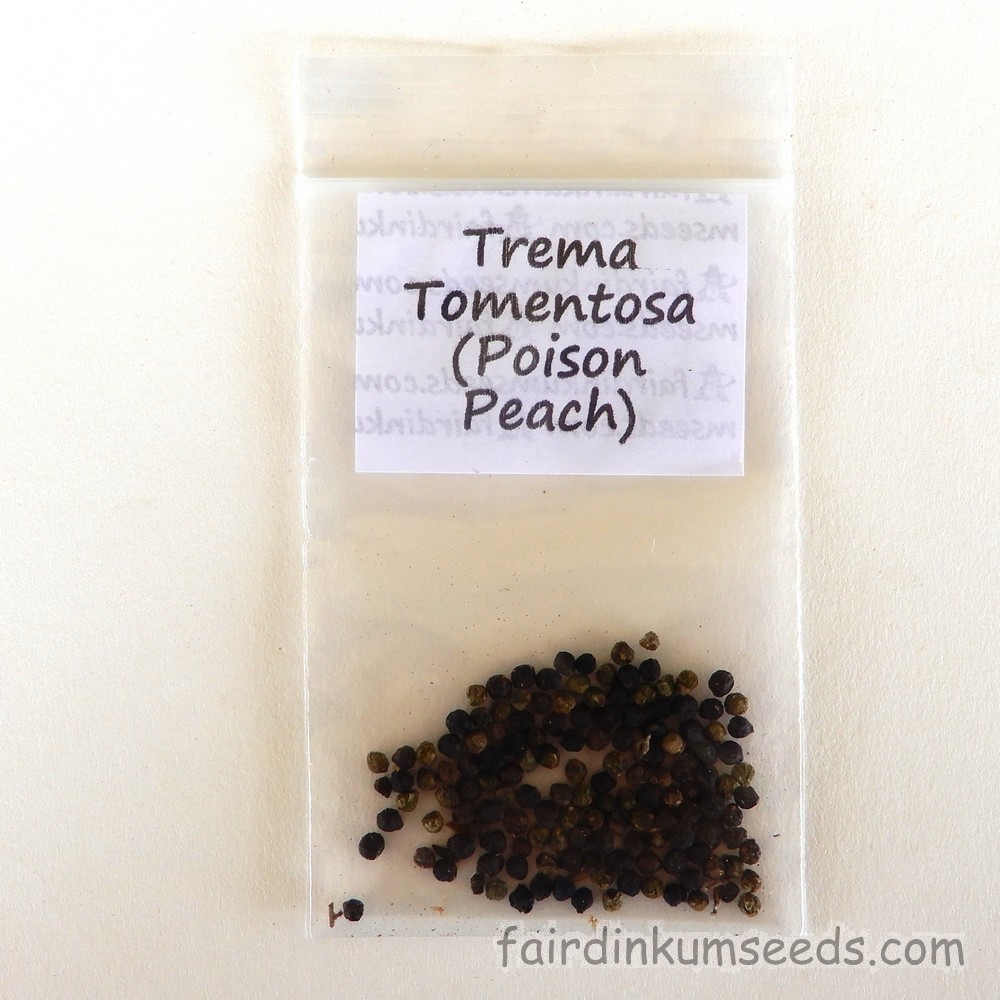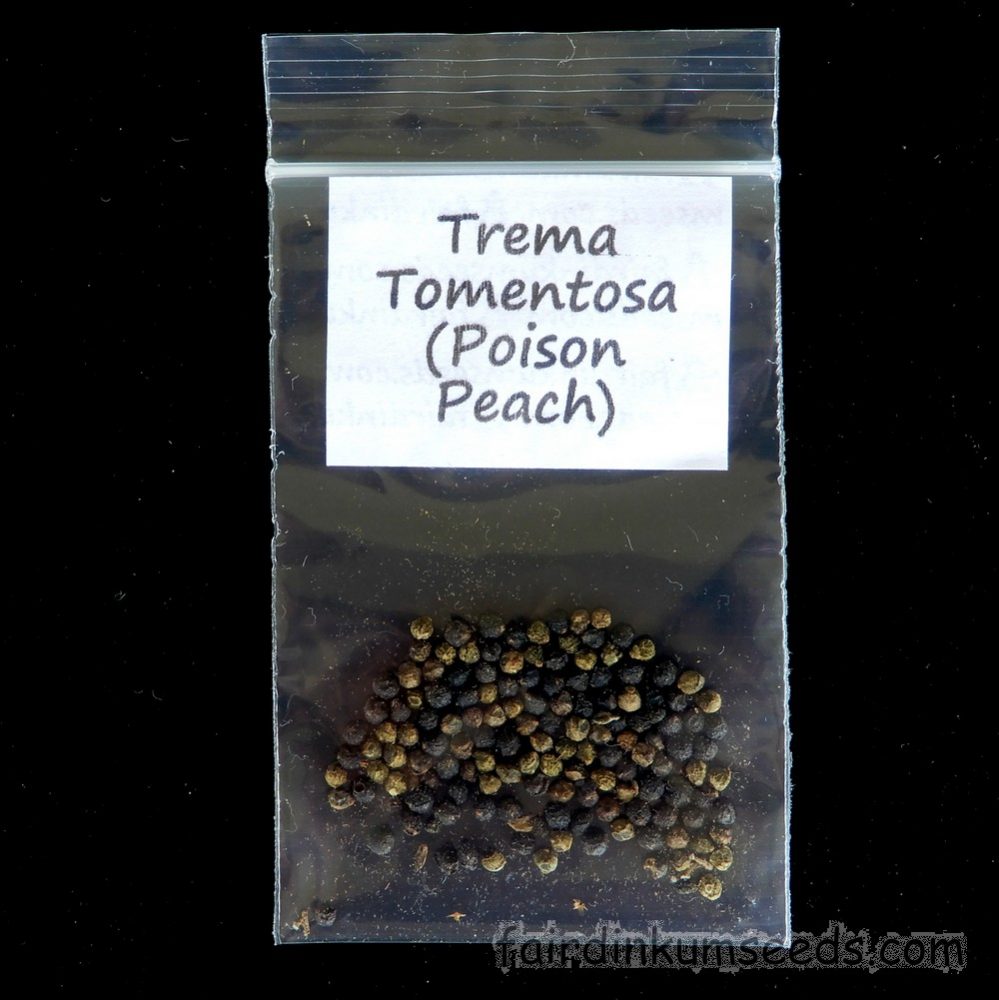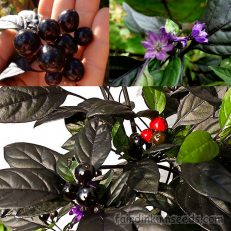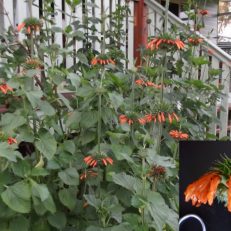Please read text!
Trema Tomentosa Native Poison Peach Seeds
Packet of 100+ home grown seeds!
Another awesome local native species.
This one grows commonly in our area providing lots of fruit for the honeyeaters, doves, and numerous butterflies like Catopyrops florinda, Mynes geoffroyi, Pingasa chlora.
Even feeds the moths like Aenetus splendens which is remarkably beautiful!
It does kinda sort of look like a peach, if you squint, but the fruit it produces are tiny little inedible black berries containing a single seed.
It is loved by revegetation, landcare groups, and is gaining steady popularity with native plant suppliers as it grows quickly shading the soil allowing other species to get established, while at the same time providing heaps of food and shelter for the critters.
Unfortunately it is also persecuted by some folks who believe it is a risk to their cattle operations.
The plant sometimes does contain small quantities of a glucoside yielding prussic acid and if stock were that heat stressed and malnourished that they were forced to eat it, then it could and has killed them in the past.
Not a fodder crop.
I have also worked for a dude who insisted that it was the introduced weed Lantana.
He sprayed it every time he saw it, and even after politely and patiently showing him the multiple obvious differences he continued to assert that it was definitely lanata and he was helping the bush by removing it.
After all, what would a bloody fruit picker know, he’d been a farmer all his life, blah blah blah….(If you happen to be reading this Keith, a hell of a lot more than you do buddy!).
Anyway, this may explain why I regularly see it hit by the roadside weed sprayers, but I really can’t see why there is any confusion, every single part is different apart from a mild similarity in leaf, and only from a distance?
But even that is obvious with Lantana having opposite veins(even like a trident), and Trema having alternate veins(one on the left, space, one on the right, space, one on the left, etc.)
It was once found in Victoria but is now unfortunately thought to be extinct.
Luckily it is still quite common in New South Wales, Queensland, Western Australia and found it is found in New Guinea, East Africa, Madagascar, Cambodia, Japan, Laos, Malaysia, Myanmar, Nepal, Pakistan, Vietnam, India, China and Indonesia too.
It is also used for timber on a small scale but despite being fine grained, strong and light, it is difficult to cure and work.
Dijin, one of the Aboriginal names for it apparently suggests use as a fish poison, and when I tested it out it worked as expected on gambusia in a dam(an introduced pest species).
In China it is used for manufacturing paper and ropes, and in some rural areas it is also used for bathing at childbirth to prevent infection.
It is called by lots of names around place including Anjalakat, Balik anging, Bangerai, Bangkirai, Bintanong, Butu, Calundung, Celtis aspera, Celtis tomentosa, Damai, Engkirai, Entiman, Kerenenog, Landagong, Lenduhung, Lundagong, Marong, Murieng, Nasi-nasi, Native Peach, nettle tree, Ondogon, Peach-Leaved Poison-Bush, Poison Peach, Randagong, Salimuak, Sponia amboinensis, Sponia blancoi, Sponia griffithii, Sponia imbricata, Sponia tomentosa, Sponia velutina, Tikam, Trema amboinensis, Trema blancoi, Trema dielsiana, Trema dunniana, Trema griffithii, Trema imbricata, Trema orientalis var. amboinensis, Trema tomentosa var. aspera, Trema tomentosa var. viridis, Trema velutina, and Tuku baroh.
Makes a great reveg species, fruits intermittently all year round providing food and habitat for the critters, and looks really cool.
Makes a decent alternative to the weedy imported Chinese celtis~Celtis sinensis too.
Wildharvested locally by me and the Mrs, no chems, no nasties, no problems!!!





